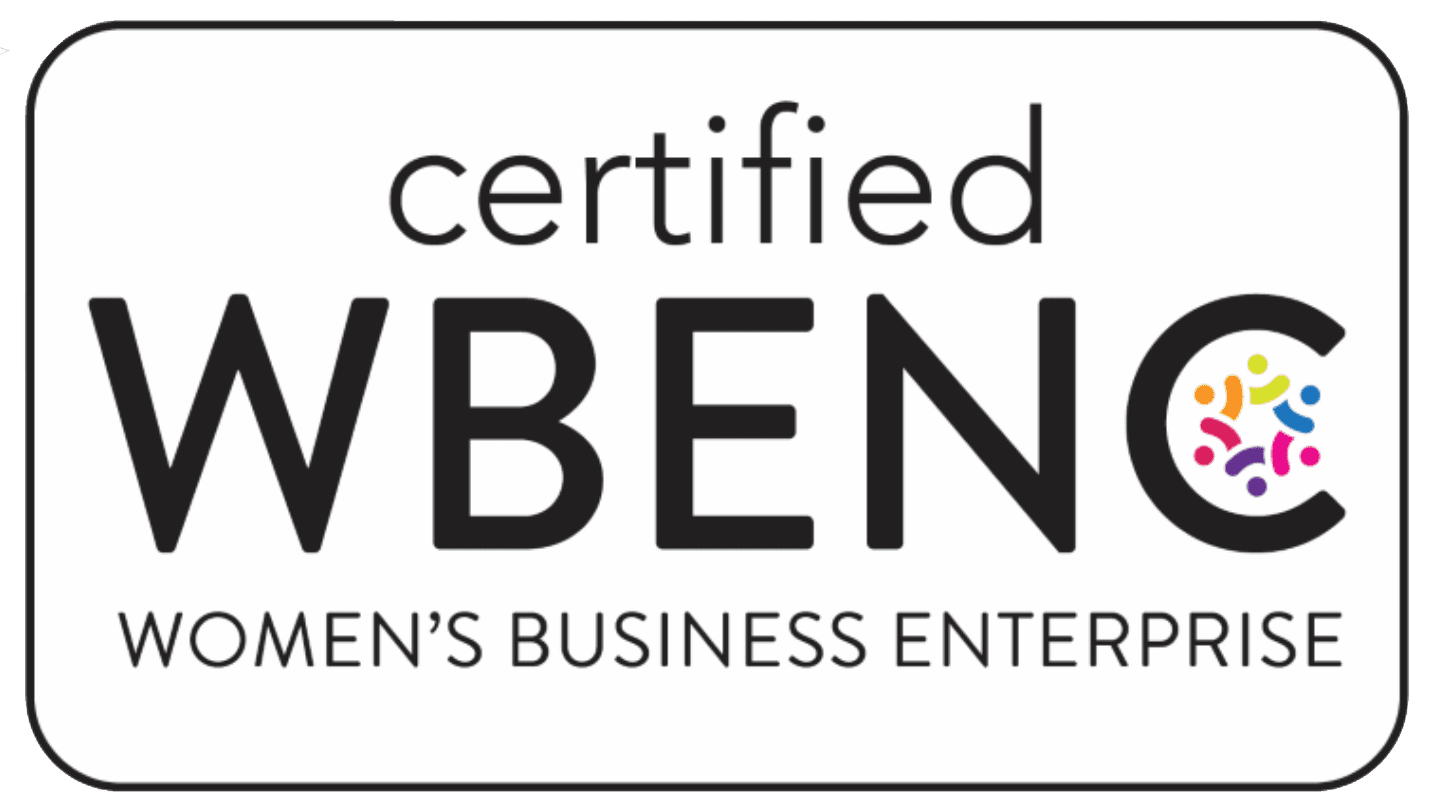Pre-hire Physical Abilities Testing is a GREAT tool for reducing injuries and costs – of ten as much as 50-75% within the first 1-2 years of testing.
However, it isn’t right for every organization. If you’re considering doing Pre-Hire Physical Abilities Testing (PAT), but aren’t sure whether it will benefit your organization, consider these five questions to help you decide:
- Do you have the right kind of injuries that will be addressed by PAT? Physical Abilities Testing typically addresses strains and sprains, slips, trips, and falls and repetitive injuries. If those are your most frequent and expensive injuries, then PAT can help. On the other hand, if you primarily have other types of injuries (i.e. struck- by, burns, contusions or lacerations), then PAT won’t be of much benefit in reducing those.
- Are your injuries occurring in the right employees? Physical Abilities Testing typically addresses injuries that occur in new hires. Running your loss runs and comparing date of injury to hire date will give you and idea. If you’re experiencing a number of injuries within the first 3 years of hire, chances are the persons hired didn’t have the physical abilities to do the job in the first place.
- Are you hiring a significant number of new employees each year? If you’re only hiring a handful of people each year in a large organization (>500 employees), then it’s not likely that any savings from pre-hire testing will make a serious dent in your injury incidents or costs - unless of course, every single person you hire is sustaining a serious expensive injury. Look at your loss runs, it’s likely that your injuries and costs are coming from more tenured workers.
- Do you have support for conducting pre-hire PAT from the other stakeholders in your organization? In reality, Physical Abilities Testing benefits every department of an organization, as well as the organization as a whole and its prospective new hires. But sometimes different departments see it differently. PAT aligns closely with the mission and goals of safety and risk management by reducing injuries and costs. As such, these divisions often champion PAT within an organization. However, the talent acquisition arm of the human resources division will be responsible for carrying out the day – to -day implementation of the program as they make conditional offers to candidates and try to get them through the testing and onboarding process. You’ll need to make sure that talent acquisition understands the expected turn-around time to get candidates tested by the vendor, the expected fail rates and the anticipated benefit to the organization as a whole. Some vendors help with test scheduling, which goes a long way toward changing HR attitudes towards testing. Your organization’s legal counsel may want to make sure the testing is compliant with ADA and EEOC. Operations may want to make sure the process won’t eliminate too many candidates or slow down the onboarding. They need butts in seats or boots on the ground to get the job done. Work with your prospective vendor so that everyone knows what to expect and how fast to expect it. Experienced vendors should have these numbers at their fingertips.
- Can you evaluate the potential ROI from PAT? This may be the most challenging of the five questions.
One of the key questions every organization wants to know is: How much will this cost me? Instead, your question should be: What’s my projected return on investment? ErgoScience pre-hire PAT programs realize a significant positive return-on-investment within the first 1-2 years of testing – we have published evidence that for every $1 spent on PAT, $18 is saved.
How many other programs do you know that deliver such an impressive ROI in such a short period of time? While we can’t guarantee this same level of ROI every time, if you share injury data and costs with us, we can run a conservative projected ROI for your organization. If you can’t or aren’t willing to gather the data for us to help you run a projected ROI, it’s unlikely that you’ll convince your Executive Team to move forward with the program, regardless of its benefits for your organization and future employees.
In summary: If you can answer yes to the above 5 questions, it’s highly likely that your organization will benefit from pre-hire Physical Abilities Testing and that you have the internal support and evidence to support and promote such a program to your executive team. If you’re answering no, to one or more of these questions, maybe another avenue of injury prevention is more appropriate for your company.



